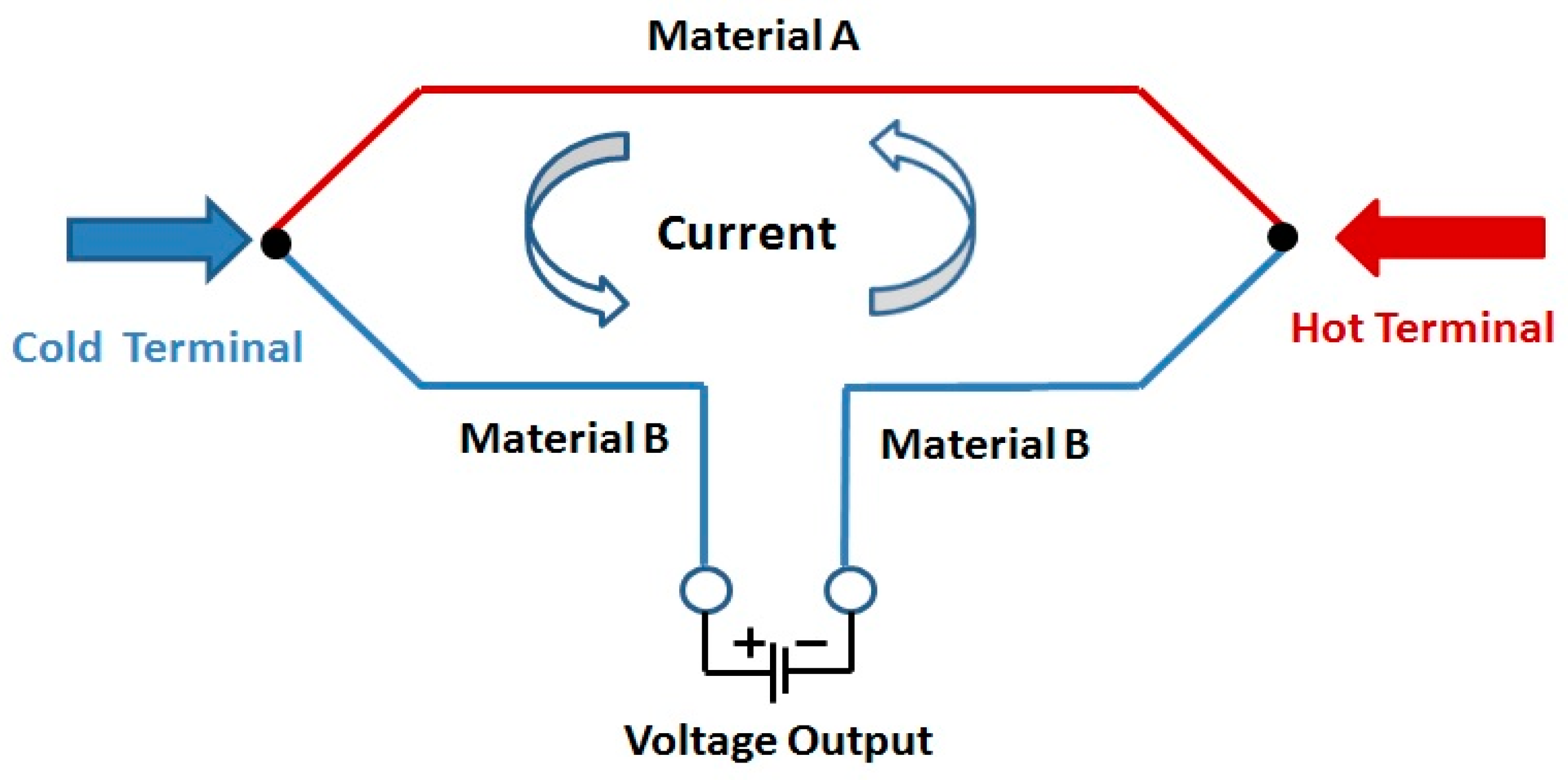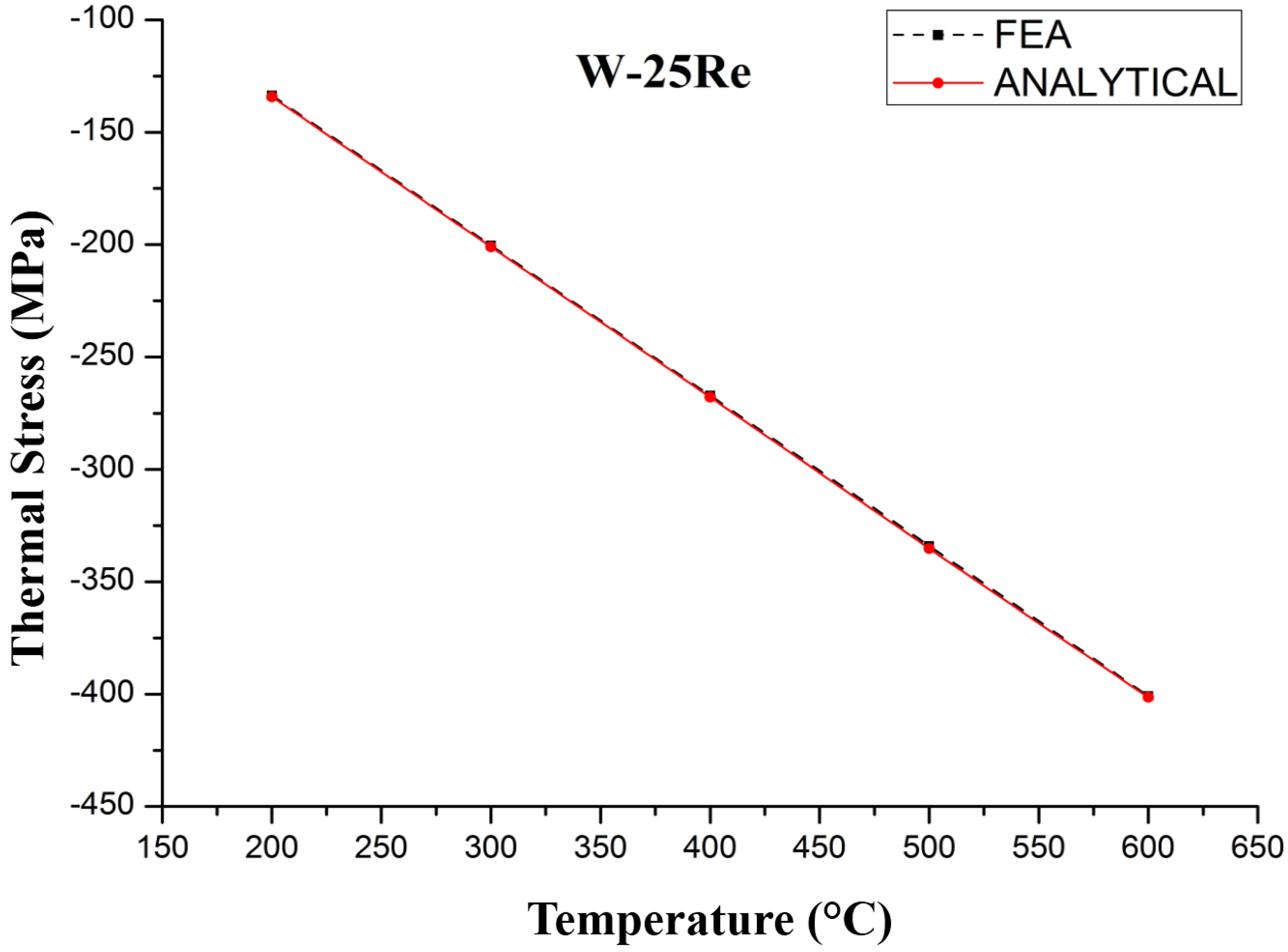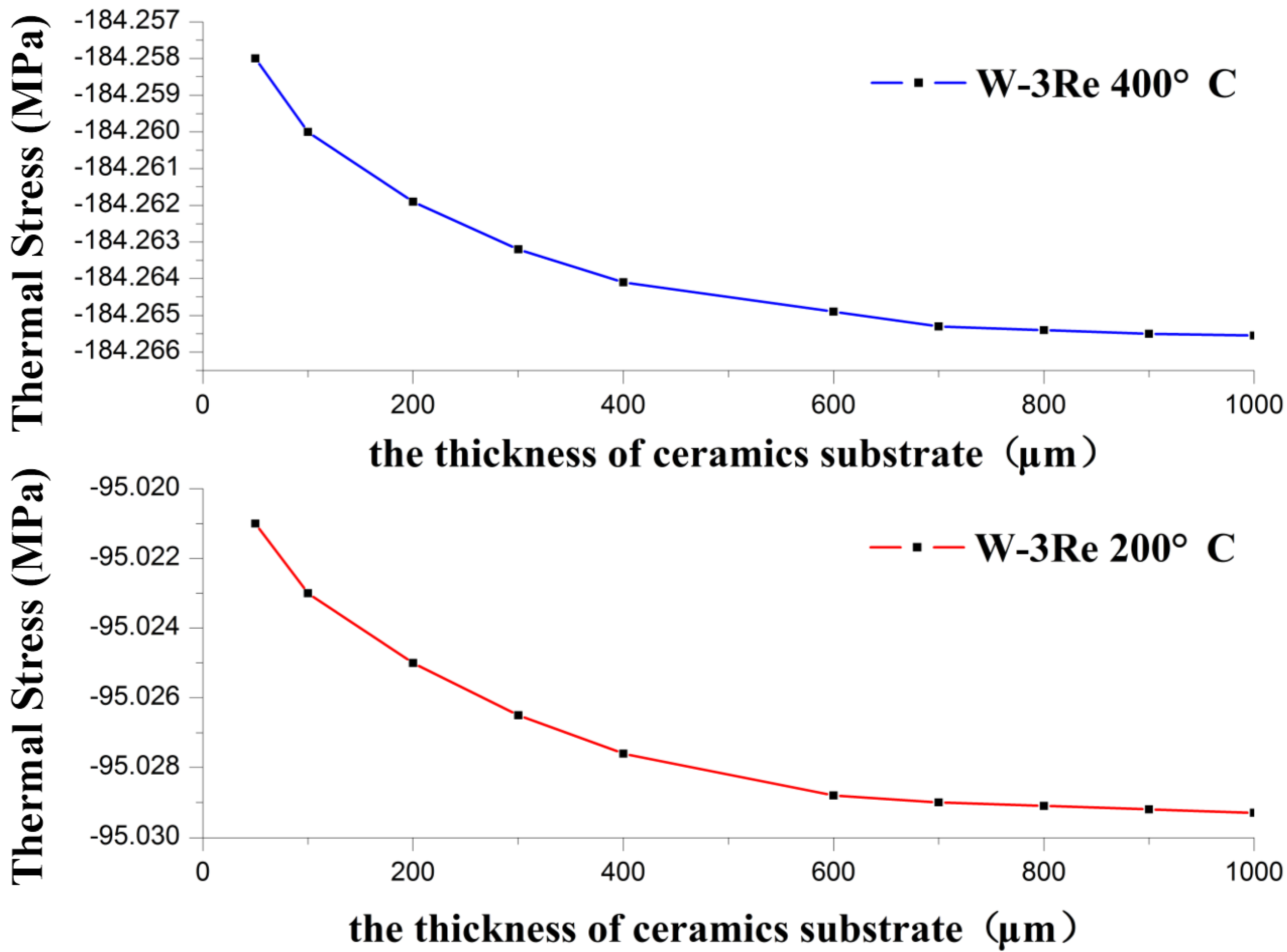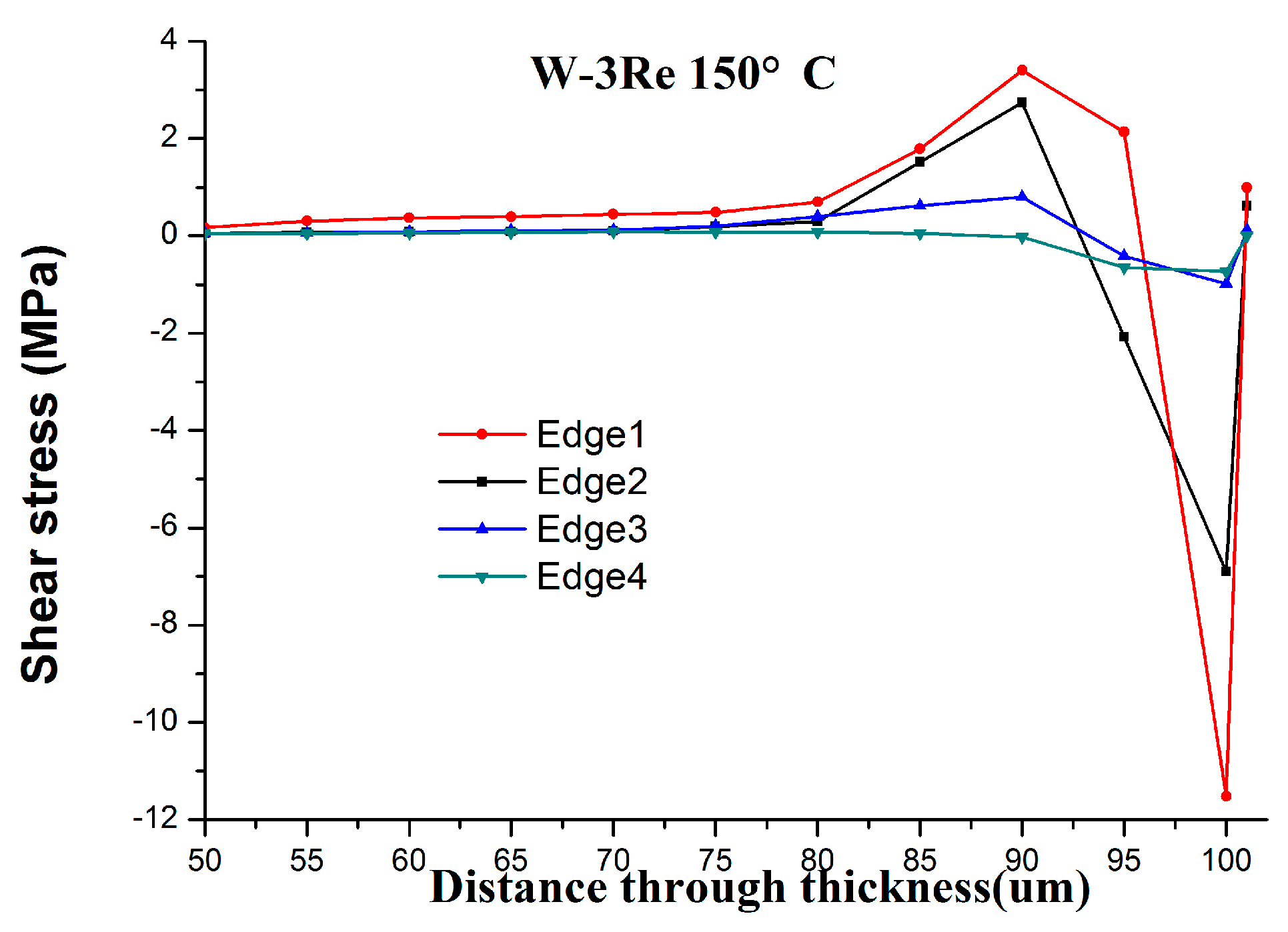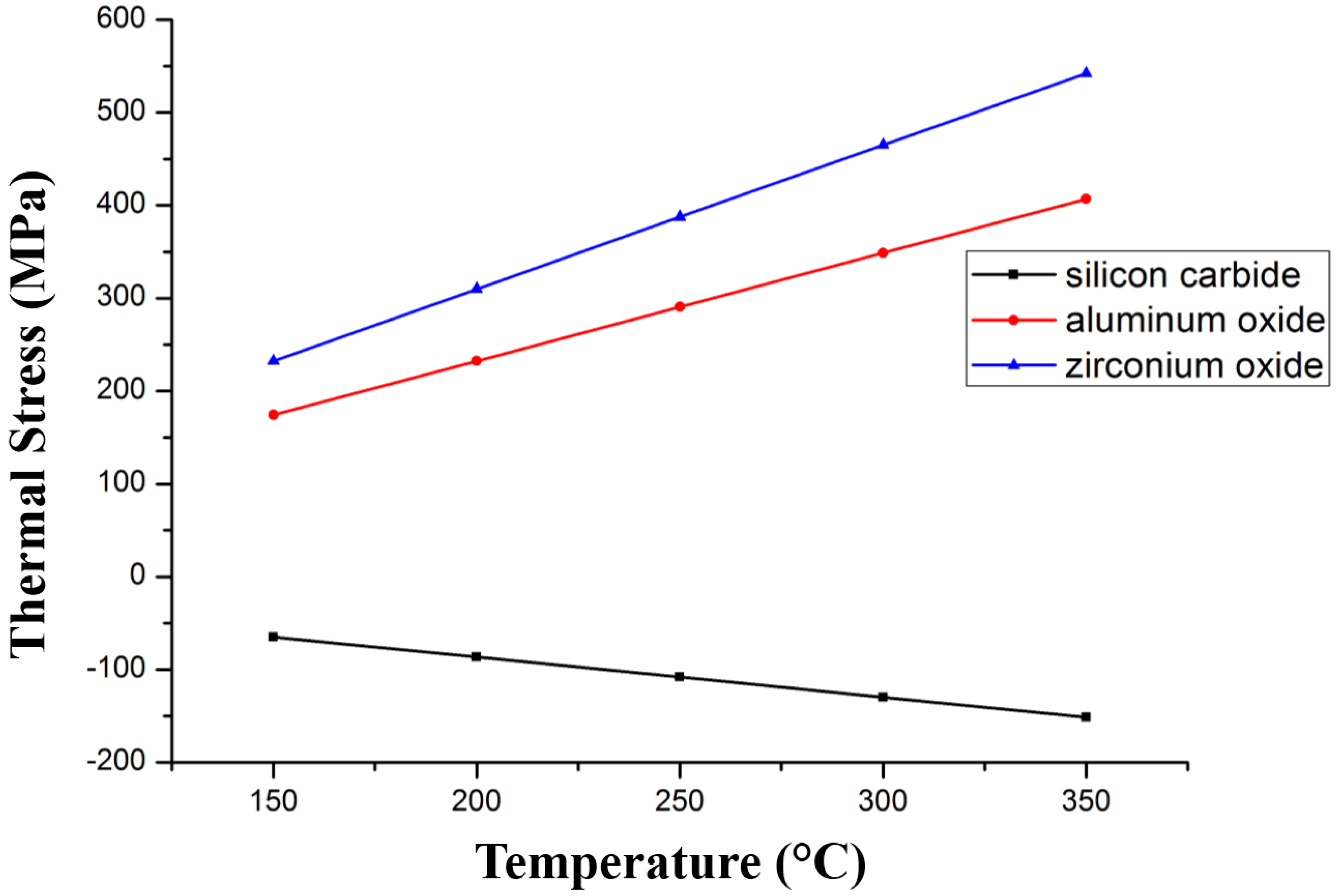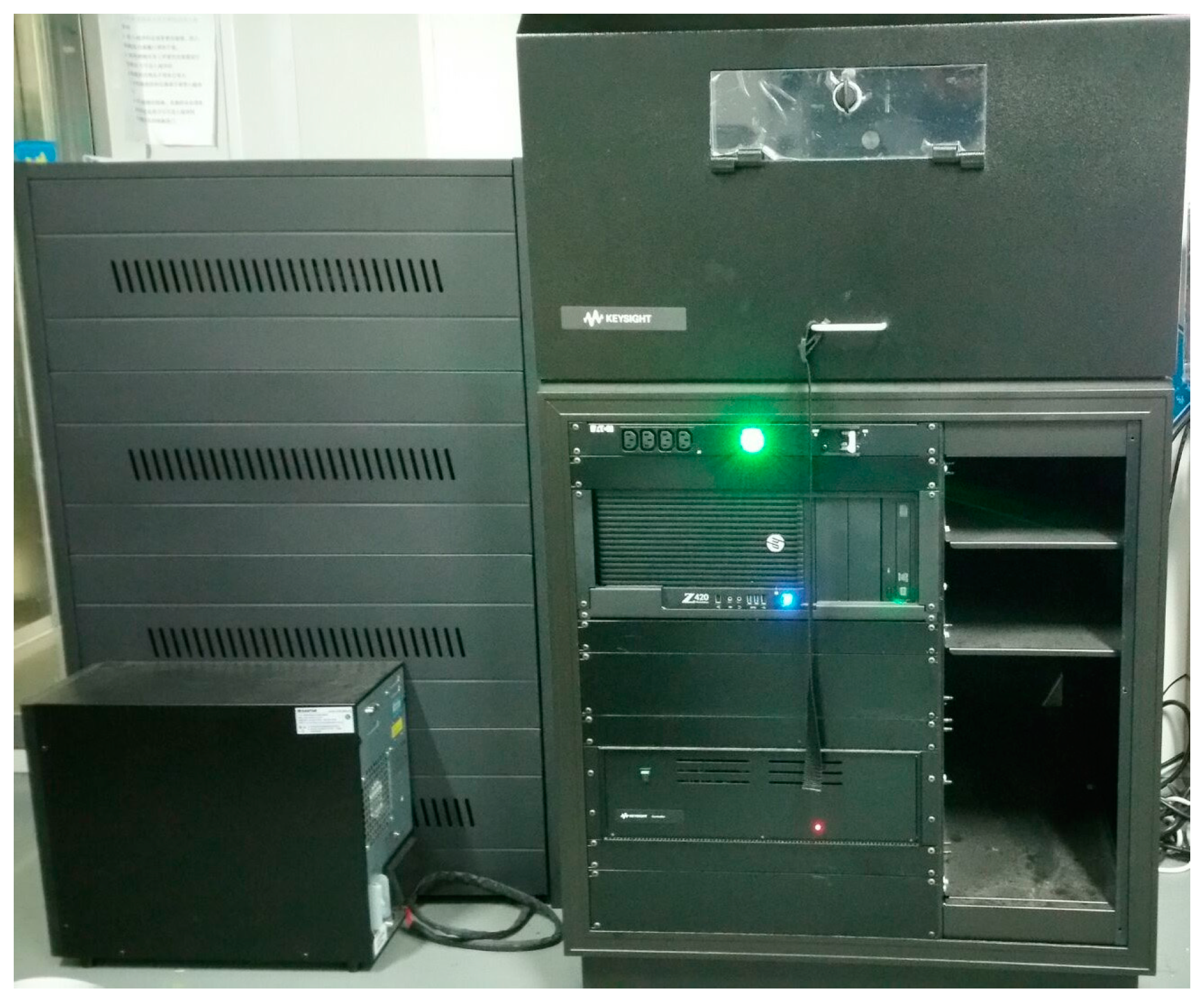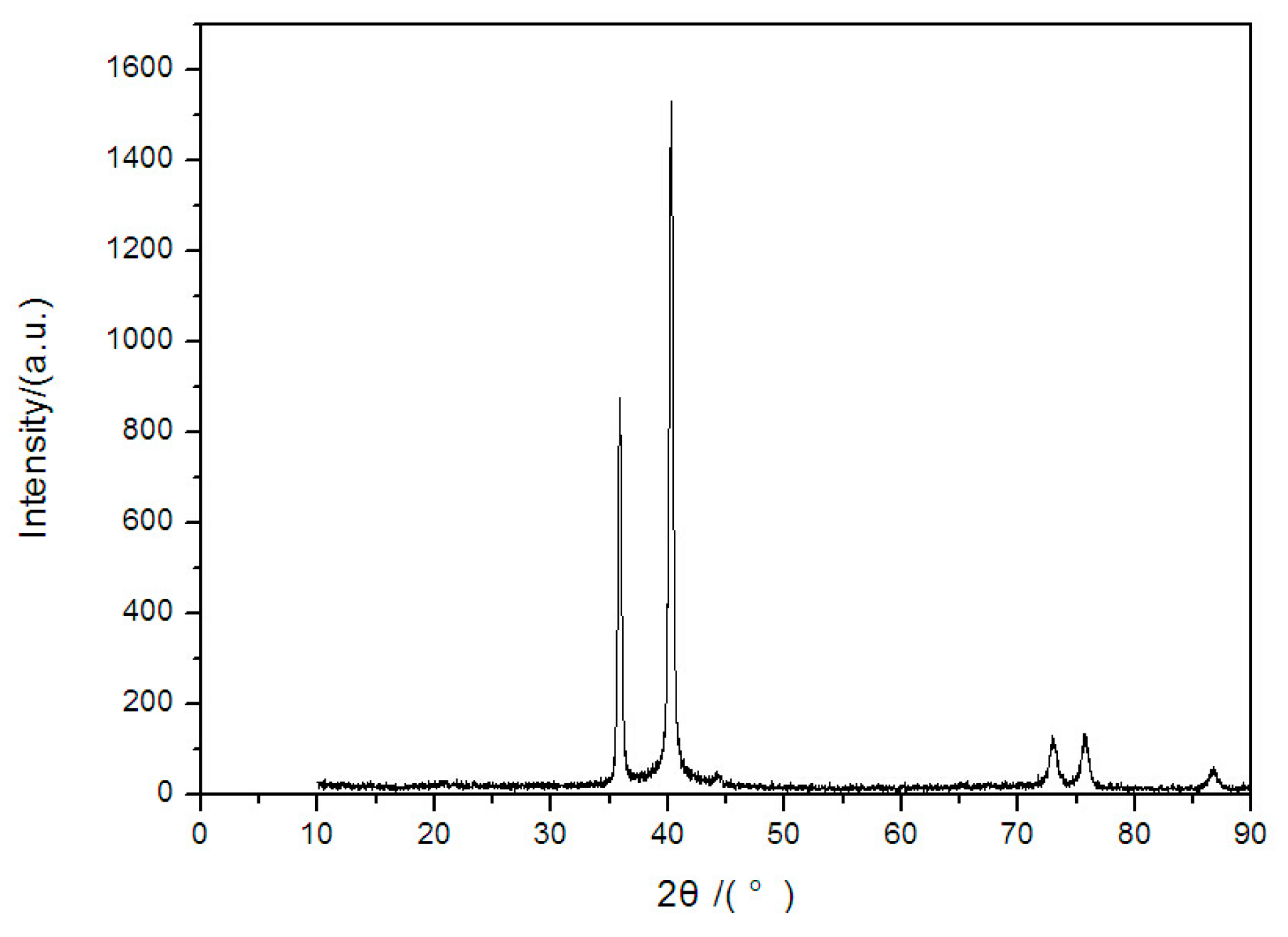1. Introduction
The temperature parameters of aero-engines are a main influencing factors of the performance and safety of aeroplanes in the aero-engine development process. In recent years, the working temperature of hot components of new aero-engines has grown to achieve a higher thrust weight ratio, for example, the temperature before the turbine of a F119 is up to 1950 K. To reliably prevent over-temperature damage, controlling the temperature in the combustors and turbine blades of aero-engines is therefore an important requirement. Although the traditional test methods can be used in testing these high temperatures, this is still not suited for the harsh environment in aero-engines. Sapphire fiber temperature sensors are hard to apply in online monitoring. Infrared radiation devices are complex and their precision is not enough for use in online measurement of hot components in harsh environments such as aero-engines. Furthermore, the armored thermocouple insulation layer decreases, easily leading to leakage currents, resulting in shunting errors and drift control problems [
1]. In addition, the larger size limits the application of armored thermocouple. With the development of micro-electro mechanical system (MEMS) technology, thin film thermocouples (TFTCs) have been developed on different materials and applied in the aerospace field. Compared with traditional thermocouples, TFTCs have typical two-dimensional characteristics, which offers advantages of small thermal capacity and rapid response to measure transient temperature changes accurately [
2]. The thickness of the hot junction is micro- or nano-scale, which makes it more suitable for the temperature measurement of hot components in aero-engines. Besides, film thermocouples can be directly sputter-deposited onto the surface and have fairly thin thicknesses of approximately a few micrometers. Therefore, TFTCs provide minimal interference with the gas flow over the surface and do not require that the installation surface be structurally changed.
At present, the material system of film thermocouples has been diversified with the increase of the working temperature. Tungsten-rhenium alloy has a high melting point of 2700 K and appropriate thermocouple characteristics, which can be used in TFTCs for detecting high temperatures. We have presented a new tungsten-rhenium TFTC structure based on MEMS technology [
3]. However, there’s a big difference in the thermal deformation of the film and substrate because the thermal stress of the film changes at high temperature after combining with the substrate [
4]. Therefore, the mismatch of the thermal stress in TFTCs and substrate leads to falling off and breakage problems. The relationship between substrate materials and dimension parameters is analyzed to optimally design tungsten-rhenium TFTCs in this paper. Firstly, different ceramic substrates and film sizes have been chosen to do a thermal stress range analysis, then the relationship between substrate material, and TFTC dimensional parameters is analyzed to provide an optimal design. TFTCs are prepared for a comparison test. Lastly, static high temperature tests are carried out to validate the optimal design results.
3. Simulation and Optimization
The relationship between the average thermal stress generated in TFTCs deposited on silicon carbide ceramic substrates and temperature is shown in
Figure 3 and
Figure 4. The thickness of tungsten-rhenium film (d
1) is 1 μm, the thickness of the substrate (d
2) is 100 μm, the length of the film and substrate is 200 μm. The physical parameters are chosen from
Table 1. The error rate is less than 1%. The thermal stress varies with temperature, and the values calculated by FEA analysis are in accordance with the analytical model.
Thermal stress variation with the increasing thickness of W-3Re film is shown in
Figure 5, and the variation with the increasing thickness of the substrate is shown in
Figure 6, respectively. The material of the substrate is silicon carbide ceramic.
In
Figure 5, the thickness of W-3Re (d
1) ranges and d
2 = 100 μm. In
Figure 6, the thickness of the substrate (d
2) ranges and d
1 = 3 μm. It is observed that thermal stress increases with increased temperature. The reason is the coefficient of thermal expansion mismatch between film and substrate. The thickness of W-3Re film also influences the thermal stress of W-3Re film deposited on a substance, and with the increase of the thickness of W-3Re film, the thermal stress decreases [
8]. This is due to the bending strain induced at higher thickness causing stress relaxation. In addition, thermal stress variation with temperature and the thickness of the substrate and W-3Re film has a smaller amplitude because the thickness of W-3Re film changes in a very small interval and the thickness of the substrate is much bigger than that of the W-3Re film, which was decided according to the application requirements.
To analyze the distribution of shear stress(σ
xz) of W-3Re with the distance through thickness at different position, we choose silicon carbide ceramic as the substrate and W-3Re as the film, d
1 = 1 μm, d
2 = 100 μm, the lower surface of substrate as base level, and lateral boundary of the model as the datum edge. Edge 1, Edge 2, Edge 3 and Edge 4 represent the positions which have a distance of 1 times, 5 times, 10 times, 15 times d1 from the datum edge. It is observed that the maximum tensile shear stress is at the interface in the film edge in the case of substrate and the maximum compressive shear stress is at the interface in the film deposited on substrate in
Figure 7. The compressive shear stress and the tensile shear stress show a decreasing trend upon moving away from the film edge. The small value of tensile shear stress at the top surface of the film is due to the free surface phenomenon. The shear stress value can determine an adhesive strength of the coatings, as they are equivalent to each other [
9].
Figure 8 shows the effect of different ceramic materials on thermal stress. We chose three types of high temperature resistant ceramic (silicon carbide ceramic, aluminum oxide ceramic, and zirconium oxide ceramic) as the substrate and W-3Re as the film. We also choose d
2 = 100 μm, d
1 = 1 μm. It is observed that whether tensile stress or compressive stress is generated in which kind of ceramic substrate, the thermal stress increases as the deposition temperature increases, and silicon carbide has good performance, and for this reason is chosen as the substrate material.
To compare with the simulation results of FEA, nano-indentation experiments are done to measure and calculate the film stress, shown in
Figure 9. A nano-indentation apparatus (G200, Agilent Technologies Inc. (China), Beijing, China) with a three sided pyramid Cube-Corner indenter (54.7356°) is used to test the hardness and elastic modulus of films with the selected loading process [
10].
W-3Re film was applied on different ceramic materials (silicon carbide ceramic, aluminum oxide ceramic, and zirconium oxide ceramic), and the chose d
2 = 100 μm, d
1 = 1 μm, T = 100 °C as the parameters of the W-3Re films. Load on the given indentation depth is 2000 nm with a speed of 0.064 nm/s. The results, such as elastic modulus, hardness, loading curve, are measured. We chose the model derived by Suresh and ABAQUS to calculate the film stress [
11]. The results are shown in
Table 3. It can be observed that the measurement results are in accordance with the simulation model.
Considering a film under high temperature thermal stress mismatch will cause damage, an orthogonal range analysis is done to find out the main factors influencing the thermal stress of the W-3Re film of TFTCs, so as to determine the best factor level for the thermal combination effect. As the substrate material has been selected, W-3Re film thermal stress is mainly affected by the thickness of the ceramic substrate, the expansion coefficient of tungsten-rhenium film thickness, and the temperature. According to the three factors and three levels of orthogonal experimental requirements, each factor of the three different levels is determined in
Table 4. Using the FEA model to do the range analysis of the film thermal stress, each factor at different levels of the maximum and minimum values of the difference are found out through the three factors and three levels orthogonal experiment. The impact of the three factors on the stress and deformation of thin films is analyzed, and the optimization to reduce the film stress collocation scheme is determined. In addition, the temperature is chosen based on the operating temperature of the W-3Re film.
We select film stress as the index, the results are shown in
Table 5.
Table 6 shows the results of the range analysis of thermal stress in W-3Re films.
K
1, K
2, K
3 show the sum of film stress at the levels 1, 2, 3 respectively, k
1, k
2, k
3 show the average values of film stress at the level of 1, 2, 3 respectively, R is the range value. The thermal stress data from
Table 5 shows that the W-3Re films stress reaches a minimum value of 259.2 MPa in experiment 1. The substrate thickness is 100 μm, the W-3Re film thickness is 1 μm, and the temperature is 600 °C. According to the calculated thermal stress range results, the primary and secondary factors affecting the numerical value are determined. The thermal stress range analysis in W-3Re films shows that in our design of the size and working conditions, the temperature has a greater influence on the thermal stress than the film thickness, and the influence of film thickness on thermal stress is the lowest, relatively. The situation is similar due to the similarity of the W-3Re and W-25Re materials.
